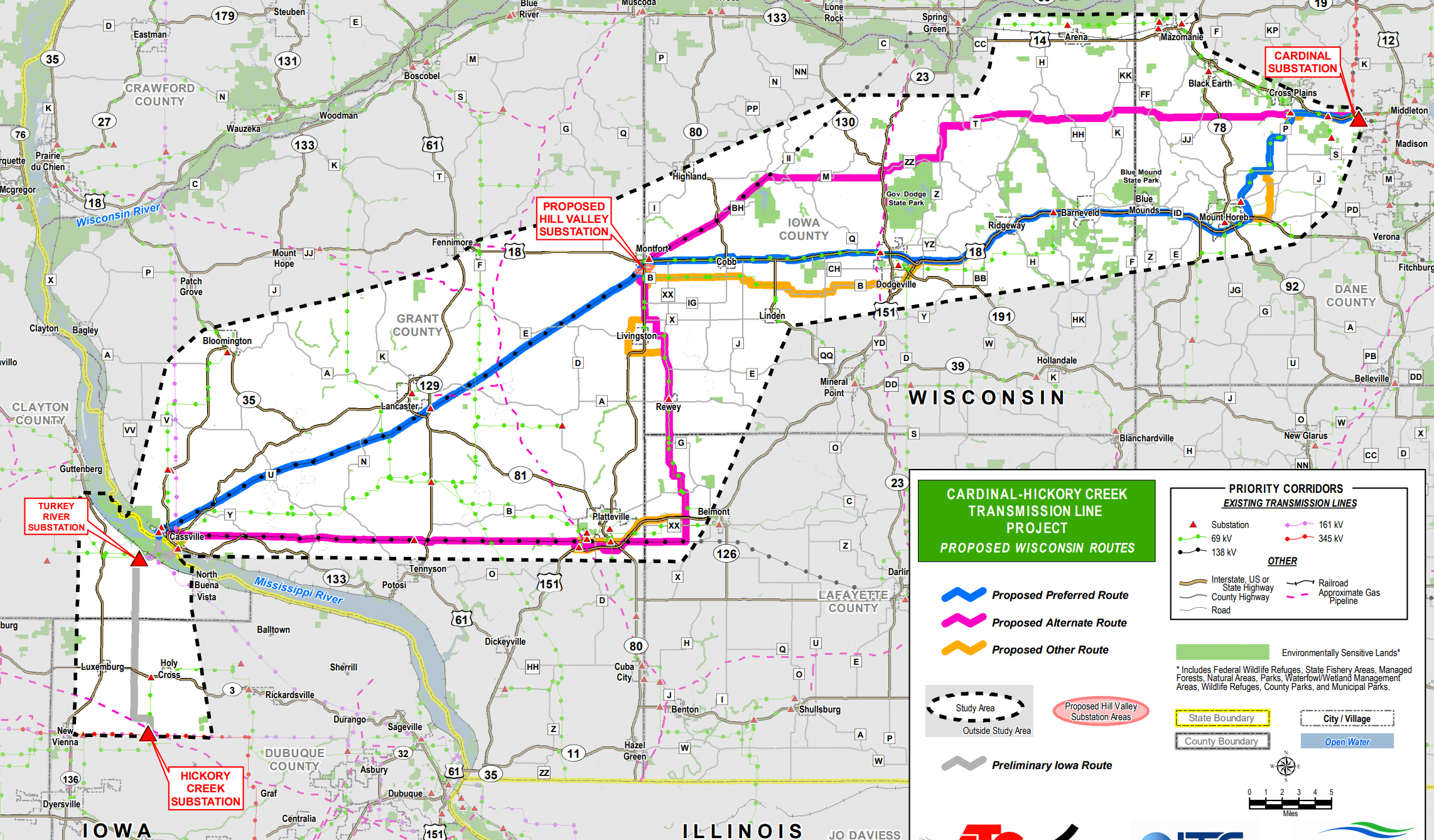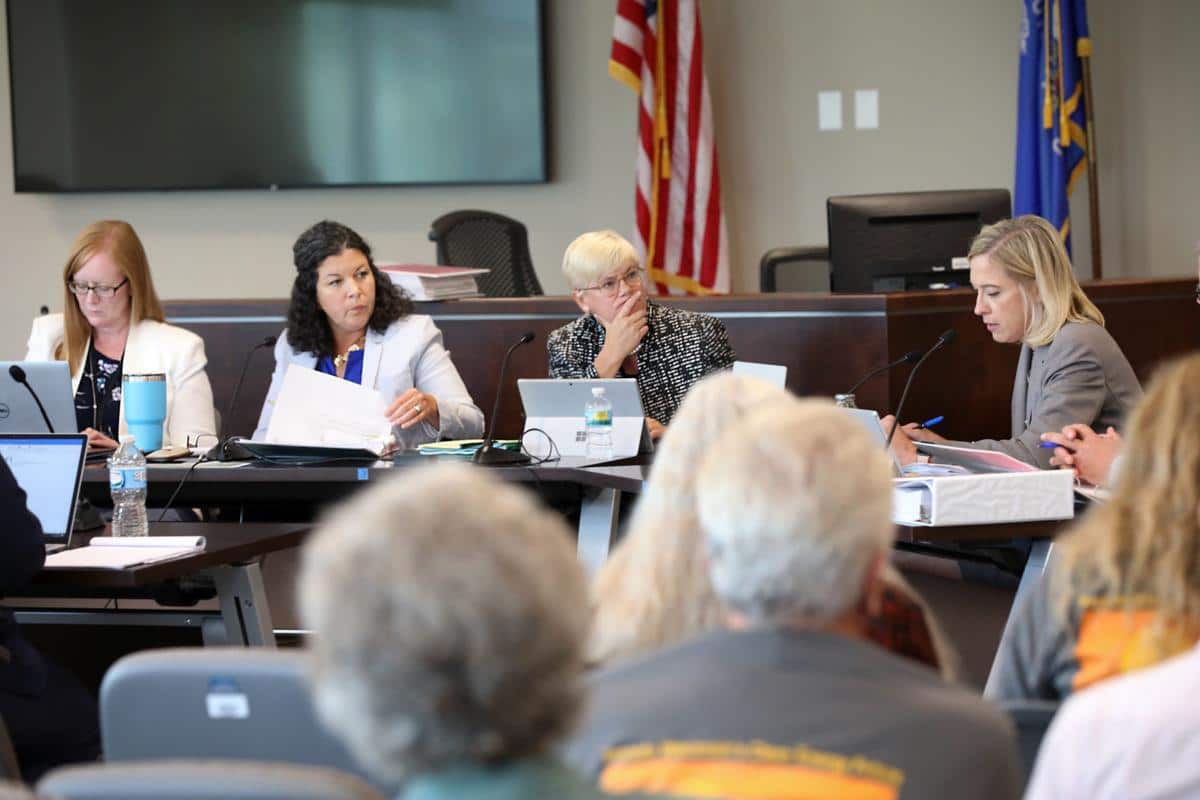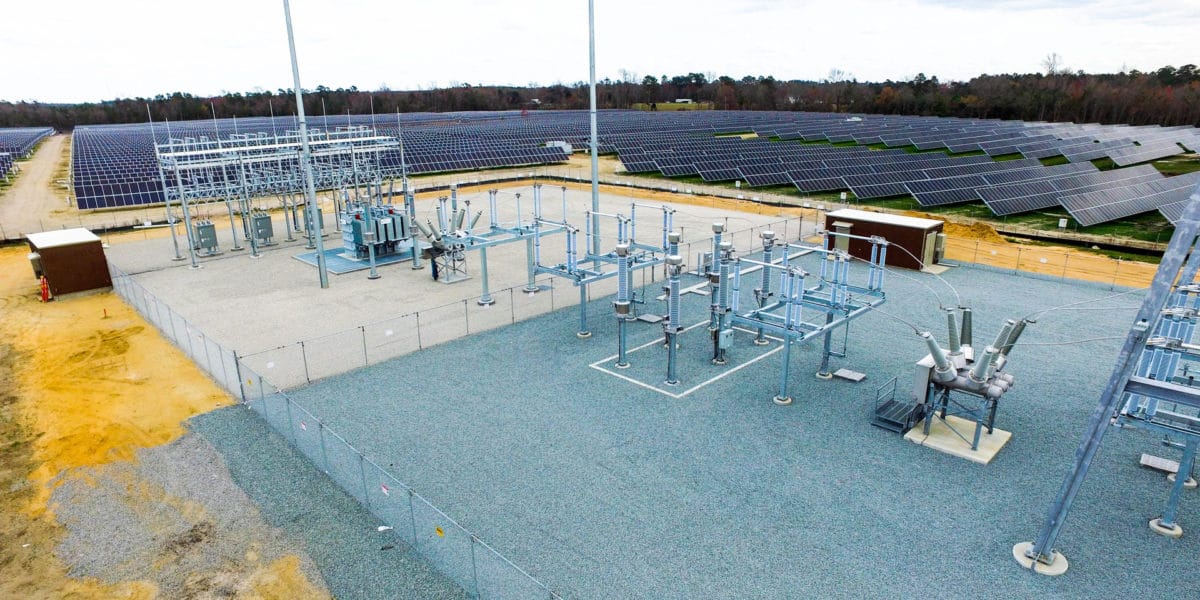This power line has its own website. It’s also got haters.
By a vote of 3-0, the Wisconsin Public Services Commission (PSC) has given preliminary authorization to the Cardinal-Hickory Creek transmission line. See the zoomable map of the current project path put out by the PSC.
The 100 mile, 345-kilovolt line will connect the Dubuque County, Iowa region to the Dane County, Wis. region – with a substation constructed in Montfort, Wisconsin (below image). The project’s estimated cost will be $492 million, with $66 to $72 million allocated to ratepayers across 15 states, with 15% of the total paid for by Wisconsin residents. Developers suggest that 4 GW of wind and solar power will be directly enabled by this project.

A *wide* range of financial gain was projected:
Net economic benefits to Wisconsin customers (even after accounting for the project’s cost to Wisconsin customers) of between $23.5 million and $350.1 million over its 40-year expected life.
Construction is planned to begin in 2021 to be inservice by the end of 2023.
Per a review by the Midcontinent Independent System Operator (MISO), “the Cardinal-Hickory Creek project will help enable 30 gigawatts of cost-effective renewable energy” – including providing an outlet for 25 GW of existing wind in Iowa. The review was done as part of a 2017 Multi-Value Project Portfolio (pdf) analysis of 17 transmission lines that were approved for development.
The Iowa Utilities Board will review the 15-mile Iowa portion of the project in December 2019.
Local coverage by the Wisconsin State Journal (source of below image), noted that this is the 17th transmission line approved by the PSC, with total costs nearing $2.3 billion. Per research of the PSC records going back to the 1970s, the commission has approved all transmission projects put before it. The publication specifically references the $535 million Badger Coulee transmission project and an unsuccessful challenge in the courts.

Image: Wisconsin State Journal
California recently pushed off or cancelled $2.6 billion in transmission projects due to distributed solar and energy efficiency, and some of those arguing against this latest power line suggested local solar+storage to meet needs. When California started asking questions about what might be needed to get the state to 80% renewables, SEIA suggested a deeper evaluation of the grid value of solar+storage vs. solar alone, and more consideration to transmission of solar generation coming from the east. Fluence believes that distributed solar plus storage can absolutely revolutionize the transmission game.
An interesting nuance, is that with all the big coal shutting down – there is going to be a lot of transmission coming available, and some solar projects are already taking advantage. The National Renewable Energy Lab (NREL) Interconnections Seam Study (pdf) suggests many points of interconnection across the middle of our continent to increase wind and solar going where its needed, when its needed. We’re possibly going to see this happen a bit in Florida as utilities attempt to connect the east coast of the state and the western peninsula, where solar generates power later in the day.
It’s not clear if this is the final approval, but if attitudes in the Midwest towards transmission are anything like they are in New England (see below), it might not be.
I honestly don't think most energy wonks really comprehend the degree to which regular folks dislike HV transmission projects. https://t.co/53Q8FPIBTW pic.twitter.com/wc2YKcuG01
— Sam Evans-Brown (@SamEBEnergy) August 12, 2019
This content is protected by copyright and may not be reused. If you want to cooperate with us and would like to reuse some of our content, please contact: editors@pv-magazine.com.








By submitting this form you agree to pv magazine using your data for the purposes of publishing your comment.
Your personal data will only be disclosed or otherwise transmitted to third parties for the purposes of spam filtering or if this is necessary for technical maintenance of the website. Any other transfer to third parties will not take place unless this is justified on the basis of applicable data protection regulations or if pv magazine is legally obliged to do so.
You may revoke this consent at any time with effect for the future, in which case your personal data will be deleted immediately. Otherwise, your data will be deleted if pv magazine has processed your request or the purpose of data storage is fulfilled.
Further information on data privacy can be found in our Data Protection Policy.